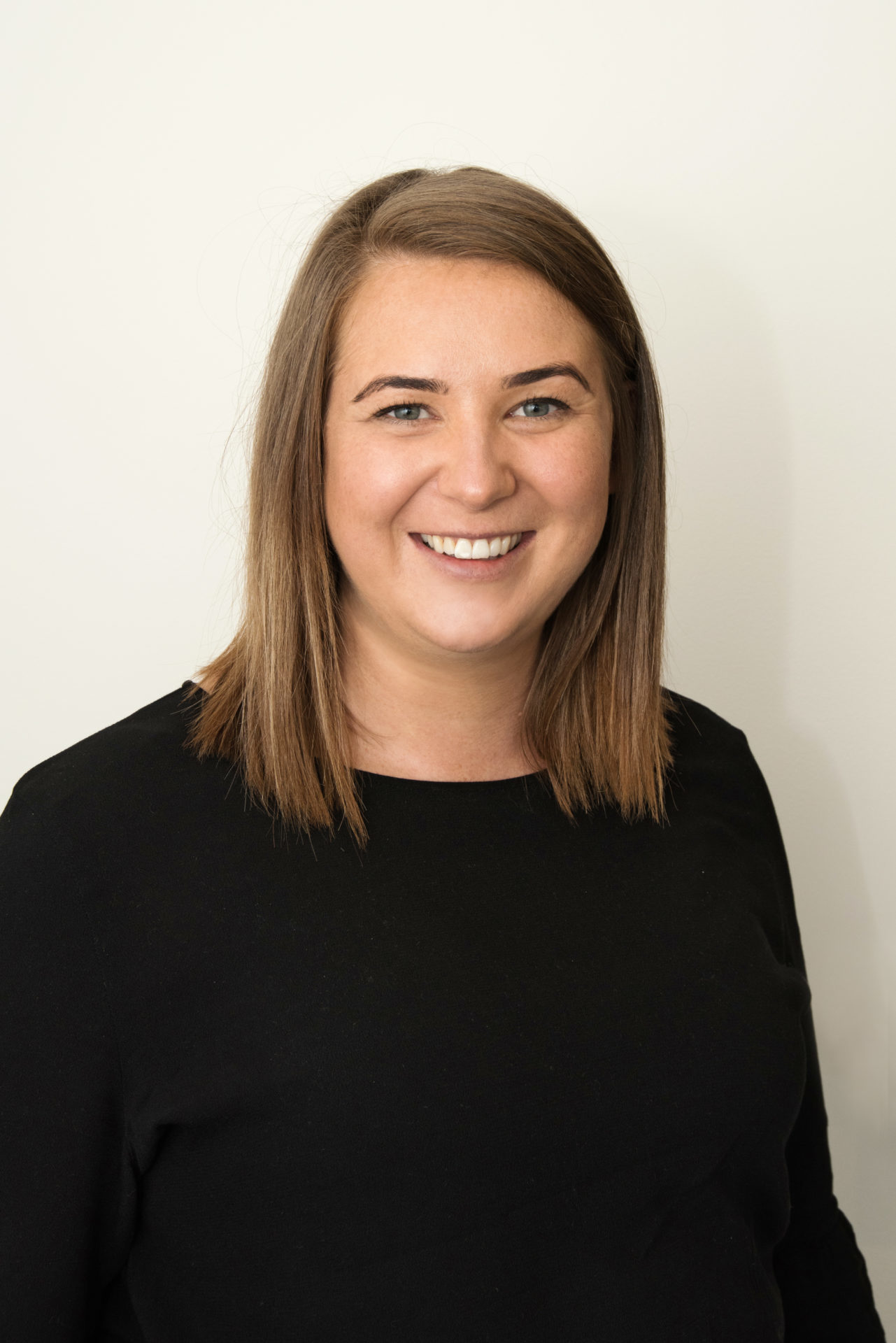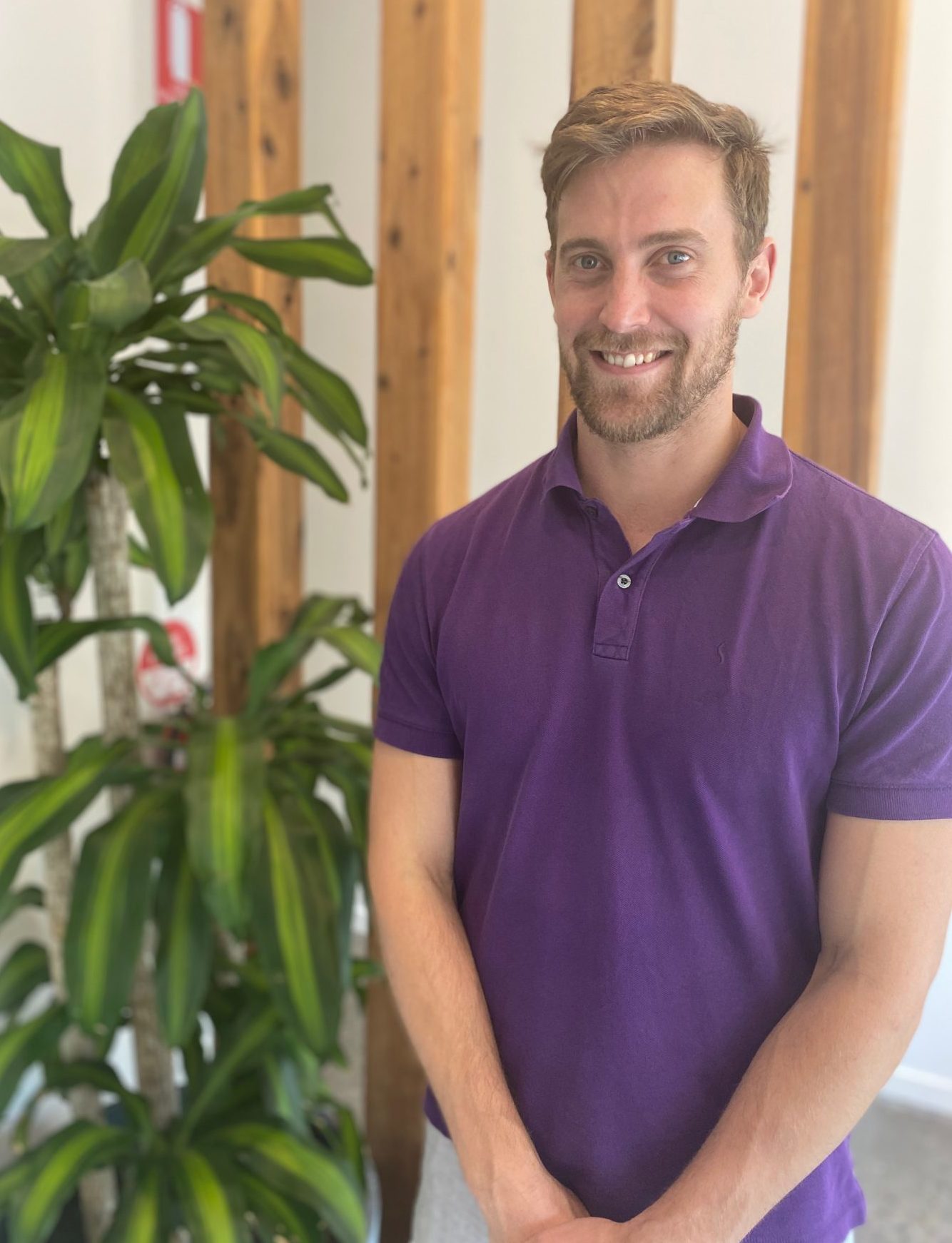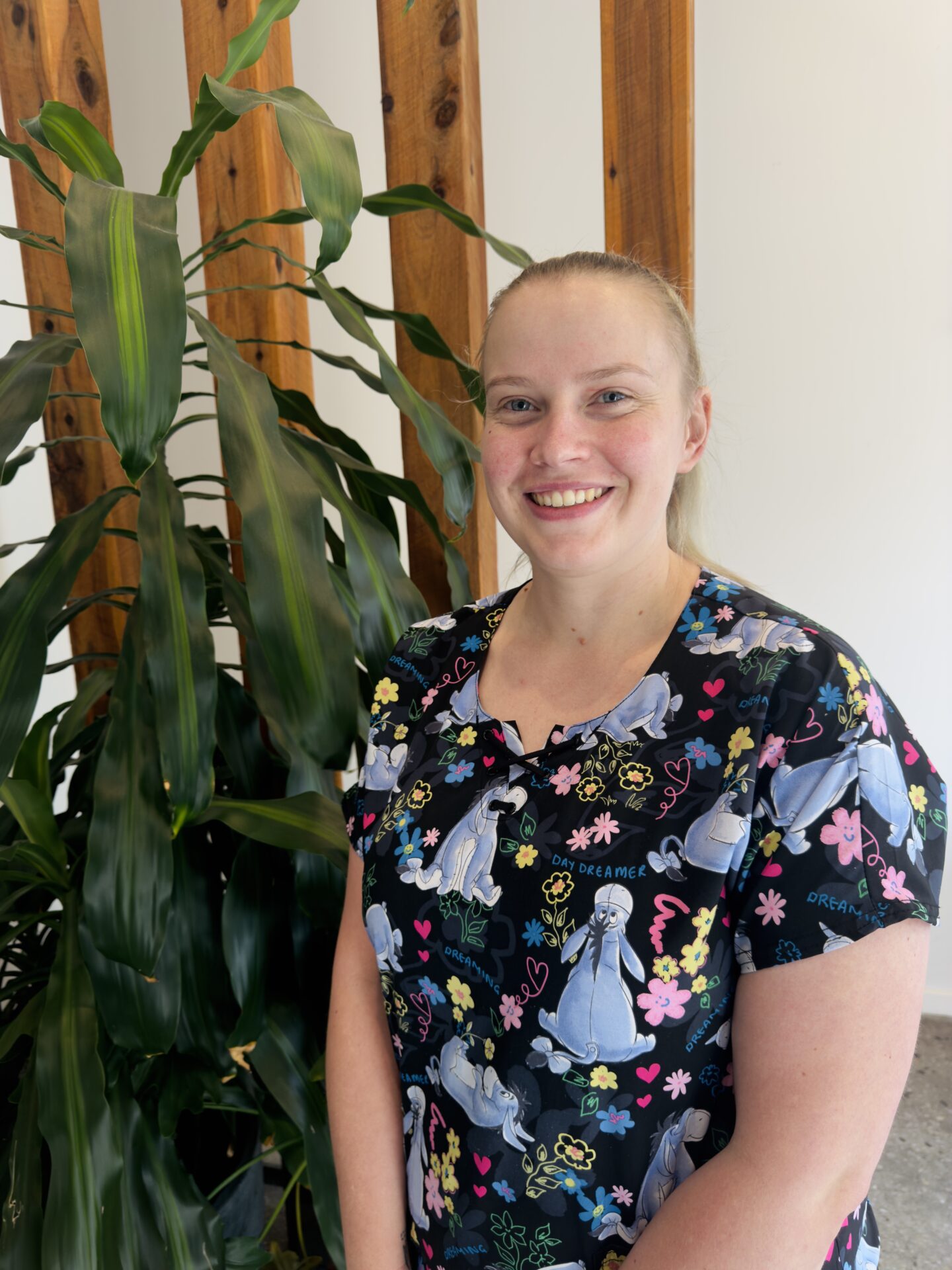Myotherapy is a physical therapy within the Allied Health Profession.
Myotherapy is the assessment, treatment and management of musculoskeletal pain caused by affected muscles, fascia, tendons and joints.
Myotherapy treatment involves the use of soft tissue mobilisation, dry-needling, transcutaneous electrical nerve stimulation (TENS), myofascial release (MFR), joint mobilisation, rehabilitation and corrective exercise prescription. It can be used on acute or chronic conditions as well as preventative management. Identifying the source and cause of the pain and dysfunction is a major focus of a clinical myotherapist and treatment requires a holistic approach to the patient’s physical and emotional well-being.
Some common conditions that we see regularly include:
- headache, neck and/or jaw pain
- back pain
- shoulder pain, including frozen shoulder
- over-use injuries, ie. Tennis elbow (lateral epicondylitis), Golfer’s elbow (medial epicondylitis), shin splints
- hip and knee pain
- foot pain ie. plantar fasciitis
- muscular strains and tears
- fibromyalgia
- pain and discomfort associated with pregnancy
- pain and loss of mobility associated with arthritis
- aching or tight muscles
What we provide
- Dry Needling
- Cupping
- Soft Tissue Mobilisation
- Heat Therapy
- Joint Mobilisation
- Corrective Exercise
Dry Needling
Clinical Myotherapists are skilled in the application of dry needling to reduce abnormal muscle contraction, deactivate trigger points (“knots”), restore neuromuscular function and assist with pain relief, both local & referred pain.
Although the method of insertion is similar to Acupuncture the philosophy behind dry needling is not the same as Acupuncture used in Chinese Medicine. Dry needling is focused on a particular muscle or trigger point where as Acupuncture follows meridian lines and acupuncture points.
Cupping
This is an ancient Chinese medicine technique used to break down fascia and muscle contraction as well as promoting blood supply. Plastic cups are applied to the skin using suction; the therapist may move them along the skin or leave them in one position in order to increase blood supply to that area.
Soft Tissue Mobilisation
A variety of soft tissue techniques are used to release restricted muscle tissue and increase blood flow and re-establish normal function. These include deep massage, stripping the muscle, compression over specific trigger points and myofascial release. These can be used in either a passive or active application.
Heat Therapy
Heat can be a great relief for muscular pain and it can be used at any stage of a myotherapy treatment. Heat aids with stretching techniques and also helps with pain relief.
Ice can also be used to treat painful conditions and following injury to assist in the reduction of swelling and inflammation.
Joint Mobilisation
The small gentle movement of joints within their normal range in order to improve range of movement and restore function to assist in with pain relief.
Corrective Exercises
Your clinical myotherapist will identify your needs and prescribe exercises to help your recovery. These may include stretches, strengthening and self-treatment activities that are monitored and modified as your condition improves.
Meet our Myotherapy team

Myotherapy



